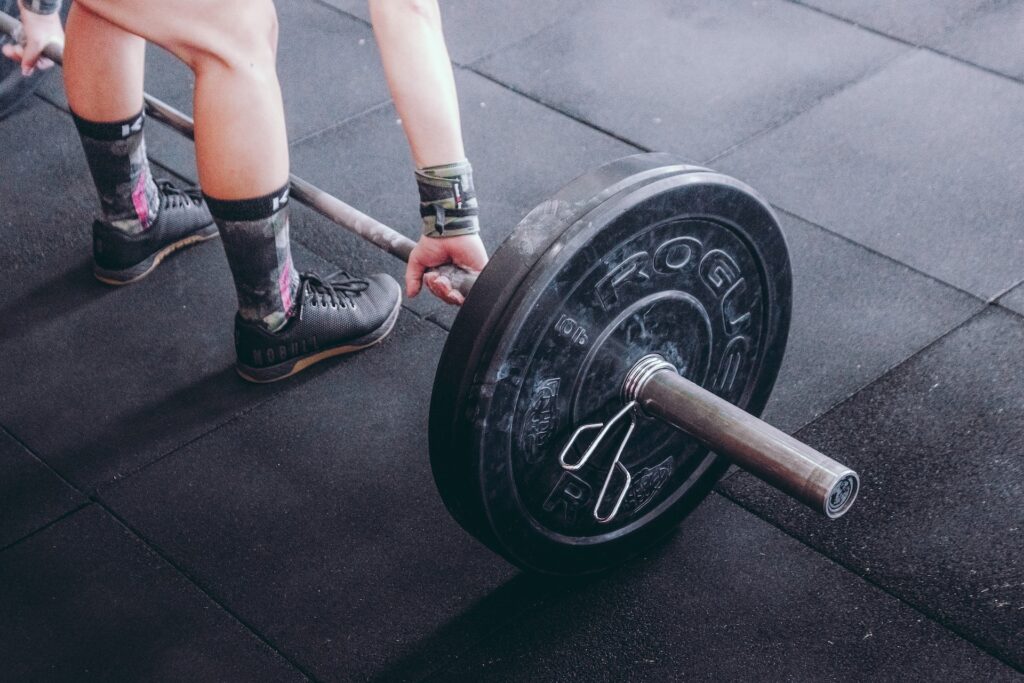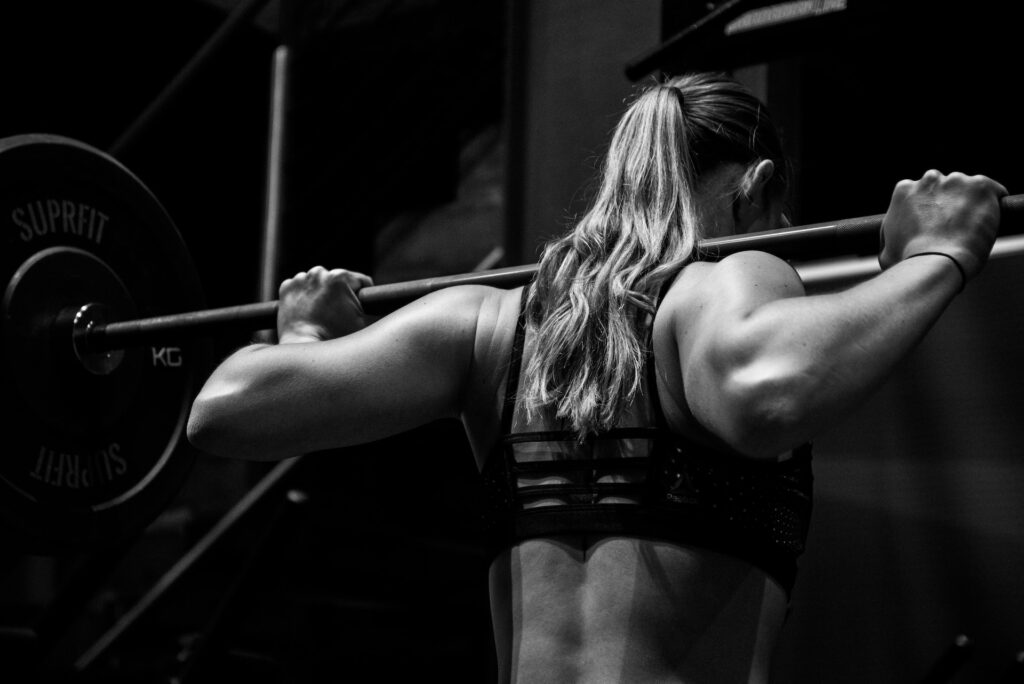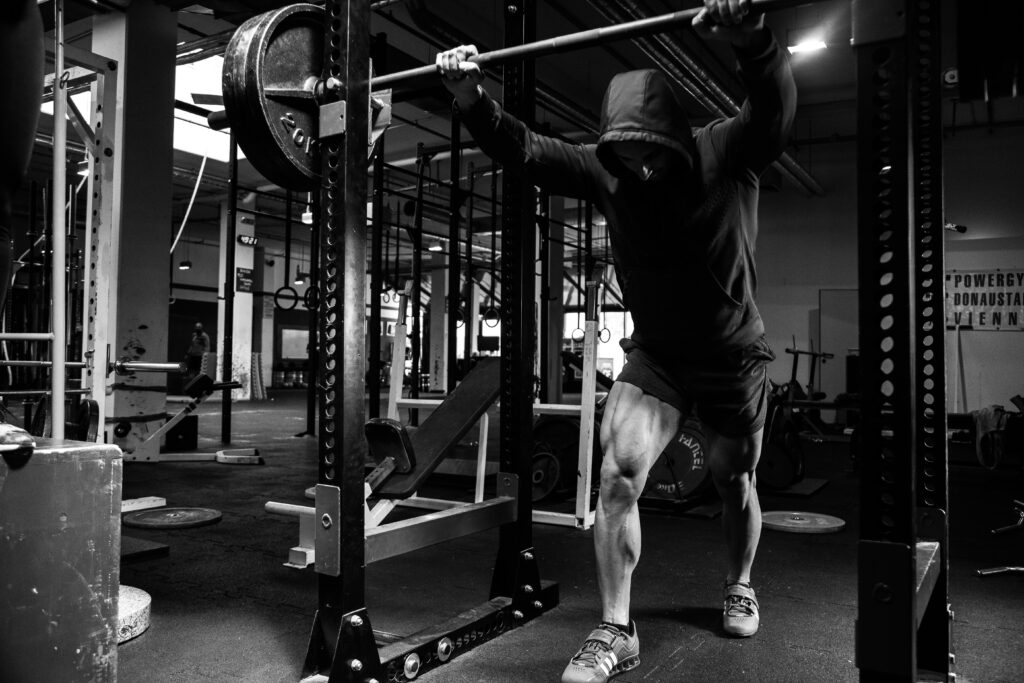Introduction
There comes a stage in every serious gym goers’ journey where they seek that little bit extra from each and every movement. Accessory equipment can assist us in the search for additional reps, additional load or simply increased stability and safety within a lift. Regardless of the reason you use them, they all have their place and are valid option when looking to move to the next level.
Lifting straps
To get the obvious to one side, the forearms will never be as strong as the back or hamstring musculature which results in the forearm often becoming the limiting factor when training these muscle groups. The idea is that they wrap around the item you are looking to hold in the opposing direction to the hand. This means that when the hands and forearm fatigues, the wrap tightens as the hand loosens, which give you a point of contact at all times.
These are particularly useful as we know the strength capacity of the forearm will never be able to catch up with the potential of your pulling musculature, so in order to receive an adequate stimulus, we may need the help of an item that can enhance our grip.
Wrist wraps/supports
There are a multitude of movements that require/benefit from the user holding a fixed wrist position to ensure the reduction of excess pressure on the joint and lesser recruitment of the wrist flexors and extensors. The wrist supports job is to keep the wrist in a fixed and stable position in order to prevent flexion, extension, and rotation. This is key as the user may fail the movement based on either failure of the wrist flexors/extensors or because of lack of comfortability.
The idea here is to wrap the support around the wrist joint itself so that it covers the base of the forearm and the heel of the hand. When tightened, the user should find it difficult to move the wrist through its desired range of motion.

Photo by Alora Griffiths on Unsplash
Ankle/wrist cuffs
Cuffs have quite a few more reasons as to why they may be used. The first is comfort. For movements such as a cable fly or a glute kick back, they are far nicer to handle/ step inside because of their softer feel and larger surface area.
The second reason is placement. Cuffs, as long as they are appropriately tightened, have the ability to be placed anywhere across the limb giving the user a more accurate feel within the exercise.
The third is their ability to work around an injury and remove certain body parts from the movement. Because the cuffs can be place anyway across the limb, if the lifter had an injury towards the hand or foot, they would still be able to complete the exercise with a higher placement. Certain body parts that the user doesn’t want working can also be removed to get a better exercise connection and stimulation to the intended working muscle. For example on a cable fly, by placing the cuff at the elbow rather than the wrist, you take the elbow joint out of the movement which reduces bicep involvement.
Change in exercise profile is the fourth and probably most common current reason for their use. Cables are a re-direction of gravity and we know exactly what direction the force is coming from because it depicted by the cable itself. The closer that cable gets to the working joint while going through the movement, the easier the movement is going to become as the size of the moment arm decreases. This means less force is needed to move that same weight. The best example is taking a cable lateral raise with the cable set to hip height. In the start position, the forearm runs perpendicular to the cable and the cable itself is at its furthest point from the shoulder, however as the range of motion continues, that right angle between the forearm and cable decreases and the cable starts to move closer to the shoulder joint meaning less torque is required and less force is produced.
Knee/Elbow sleeves
Knee and elbow sleeves have two main functions. The first is to keep the working joints warm and prevent the joint fluid from hardening which is done by increasing blood flow due to the compression of the sleeve. The other is to provide a slight spring like effect when they are at maximum tension. This spring like effect will occur in the very bottom of your upper and lower body pressing movements where we are weakest we can enhance the safety of the lift especially when dealing with heavy loads.

Photo by ROOQ Boxing on Unsplash
Lifting belts
When used correctly, the lifting belt offers the user additional intra-abdominal pressure, placing the spine in an even more stable position. This reduces any spinal deviation throughout the lift which provides the lifter with a better base for force production. Keeping the spine in an stable position can prevent further changes in rib cage, shoulder and head position which are all vital to various big lifts.
Bands/reverse bands
When used alongside machines, they can alter the resistance profile of the exercise. The resistance profile dictates where an exercise will feel light or heavy. Both banding and reverse banding are generally done to provide peak tension at the end of the concentric with lesser tension at the end of the eccentric. This can be particularly useful when attempting to match the exercise resistance profile with the persons strength profile which gives you a congruent movement. It can also be helpful when dealing with lifters that often suffer with discomfort in stretched positions, as this allows them to go through a full range of motion pain free.
Final thoughts
None of these training accessories need to be used, however you will find they are very useful when looking into longevity and continued progression. There is a time and a place for each of these pieces of equipment to be used so don’t think you have to use them from day one. Best case scenario is to ensure form is accurate and then assess if there is anything that would provide further benefit.
___
If you want to see more information on additional gym equipment, see my latest Instagram posts at @the_biomechanics_coach. Or, if you are interested in exploring other areas of your training and becoming the best athlete you can be, what about reading my last post on 5 basic fat loss tips.



